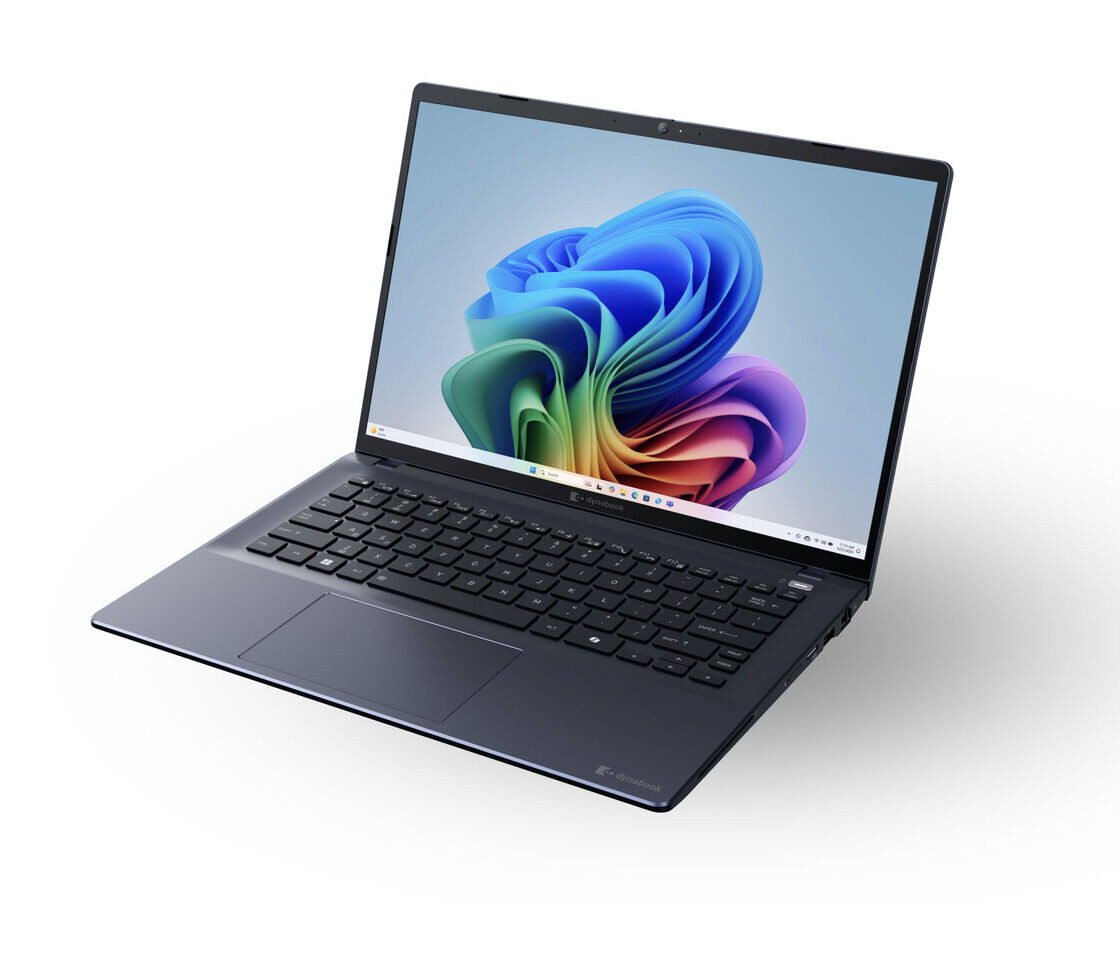Top Flipped Learning Sites, Apps & Hardware
Flipped learning sites, apps, and hardware recommendations from educators.

The best-flipped learning or flipped classroom educators utilize a variety of learning sites, apps, and hardware that help them make the most of the time they have with their students in the classroom.
We asked successful flipped learning educators to share their favorite tools as well as tips for using these. They provided recommendations ranging from apps that allow teachers to embed quiz questions within a video lesson and track student progress to external microphones and monitors that can help improve the quality of teacher-made videos.
However, as important and fun as using these tech tools for flipped learning can be, flipped classrooms are not about the technology, say enthusiasts. Instead, It’s all about how you as an educator prioritize your time with students. Flipped learning prioritizes one-on-one and small-group individualized help over lecture-type activities. It’s important to keep that in mind as you explore these tools.
When done correctly, flipped learning can be highly effective. One review of flipped learning studies in a college setting found that flipped learning students learned more than those in traditional lecture settings, but teachers who employed a partial flipped model got the best results.
These flipped learning sites, apps, and hardware recommendations will help you enhance your flipped learning technique and/or decide if flipped learning is right for your classroom.
Video Tools
Tools and ideas to transform education. Sign up below.
A popular tool in flipped classrooms, with EdPuzzle educators can crop videos, add voiceovers, and embed questions within the video. “Edpuzzle is a tried-but-true favorite for flippers because it requires students to be active viewers,” says Andrew Swan, a middle school social studies teacher in Massachusetts. “They can even let the video play in the background while they browse different tabs. The teacher's ability to add questions, voiceovers, and notes can be highly valuable.”
This program also allows educators to embed questions and notes within videos, making each more interactive. Dan Jones, an 8th-grade social studies teacher at Richland School of Academic Arts in Mansfield, Ohio, recommends either Playposit or EdPuzzle. “Both of these platforms allow teachers to post their videos, embed questions, and get data back immediately,” he says. “When students watch the videos and take notes at home, teachers are able to see how well the students understood the lesson, how long it took students to watch the lesson, and even how engaged the students were with the lessons.”
“mmhmm.app is a pretty cool video-production program that I discovered last year when it was in the beta phase,” Swan says. “Now many of the premium tools require a subscription, but you get one free hour per day. I enjoyed the abilities of shrinking and enlarging my head on the screen, and adjusting the transparency. Now it works quite well with a greenscreen to let your head ‘float’ within the window.”
“Screencast-O-Matic is my go-to website for video recording,” says Carolina Buitrago, an EFL expert currently teaching and conducting research at Universidad de La Sabana in Colombia. “Its studio is easy to manage, and even if I use the basic version I still have a lot of features. I love that it is accessible for me money-wise and that I can upload my recorded videos directly to YouTube.”
“Screencastify is my go-to screen recorder,” Jones says. “I can screen-capture and include either just the audio in the open tab, voiceover what is occurring on the open tab, or I can just record my webcam. The recording populates in my Google drive, thus making it easily shared.”
For more advanced video development, Jones recommends investing in Final Cut Pro, but warns educators should expect a significant learning curve. “I also have a 4K Video Camera that I use as well as a lapel mic and sound cables that get plugged directly into the camera,” Jones says. “When making these sorts of videos, I use a forward-facing light board that allows me to face the camera the entire time I am giving notes. I write on the glass and then flip the image so that the writing appears correctly for the audience. Like I said, though, this is a more advanced way of creating instructional videos. Most folks will do just fine with Screencastify or Screencast-O-Matic.”
Content Sharing and Slides
Matthew Moore, a high school and community college math teacher in Illinois, recommends flipped educators build a framework on which all of the other activities, apps, projects, assessments, and other materials live, so students have a one-stop shopping spot for all the technology in the course. Moore uses Google Slides as that framework for all his classes. “The basic Idea is a visually engaging graphically organized single resource,” he says.
A well-known learning management system, Canvas offers a free version for educators and students on which teachers can create entire courses filled with text, embedded videos, assessments, and other content. “I have used this with my students and it is a great way of building content that can be accessed asynchronously,” Jones says.
“Genially is a content-making tool that has thousands of templates from presentations to games and even escape rooms,” Buitrago says. “It is easy to use and the results are amazing. Students love all the content I make with it.”
“Perusall was developed by Eric Mazur at Harvard University,” Jones says. “This free program -- there is a paid version as well -- allows students to engage both synchronously as well as asynchronously with a piece of reading. Students are able to comment right on the document and ask questions.”
“Desmos is something I use a lot in math,” says Peter Santoro, a recently retired high school math teacher in Long Island. “Graphing calculator allows students to graph multiple functions and see them all in different colors on a large graph. There are also many activities that teachers have posted and shared on Desmos for just about every math topic. It is easy for teachers to use and very easy for students to learn.”
Hardware
Swan recommends this portable mic that sells for $50. “Audio quality is really important, especially as many students listen on earbuds or headphones, so ambient noise in your videos can be really distracting,” Swan says. “The GoMic just clips on top of a laptop screen and connects via USB.”
Headphones
“The most important learning tool in my classroom for students outside their chromebook is a set of headphones -- cheap or expensive makes no difference,” Moore says. “The headphones allow students to be in a busy or loud classroom of activity, but pop in the headphones and focus on either an instructional video, play white noise or music, and do math practice, or meet with me or a peer digitally. Headphones are critical to in-person and remote learning.”
An External Webcam
For teachers, Moore recommends an inexpensive external webcam. “Even a $50 external webcam allows the teacher to flexibly focus on a face, a group, a presenter, or a demonstration easily. Additionally, the external webcam will likely have a better microphone than the laptop and being heard is No. 1 on the important list, while being seen is a distant second or third place.”
Green Screen
“For a more non-essential piece of kit, a back of chair or pull-down green screen can allow a teacher to minimize distractions for remote learners and in meetings,” Moore says. “It also allows you to record your face while screencasting or creating instructions, and again minimizes distraction. Necessary? No. Nice to have? Yes.”
Erik Ofgang is a Tech & Learning contributor. A journalist, author and educator, his work has appeared in The New York Times, the Washington Post, the Smithsonian, The Atlantic, and Associated Press. He currently teaches at Western Connecticut State University’s MFA program. While a staff writer at Connecticut Magazine he won a Society of Professional Journalism Award for his education reporting. He is interested in how humans learn and how technology can make that more effective.

